Ensuring consistency and reliability in the production of EVA foam sheets is critical for suppliers to deliver high-quality products that meet customer expectations. This involves adhering to rigorous manufacturing processes, implementing quality control measures, and maintaining effective communication throughout the production cycle. By focusing on these aspects, suppliers can guarantee that their EVA foam sheets perform consistently across different applications.
Ethylene-vinyl acetate (EVA) foam sheets are widely used in various applications due to their cushioning, shock absorption, and flexibility. For suppliers to deliver high-quality EVA foam sheets, consistency and reliability in production are essential. This article explores the methods that EVA foam sheet suppliers use to ensure these qualities, focusing on manufacturing processes, quality control, and effective communication.
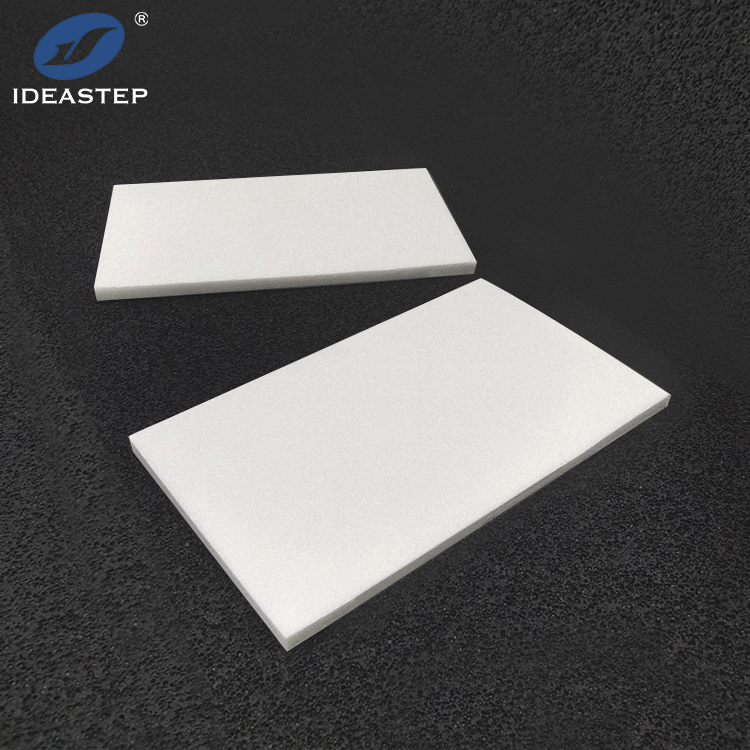
1. Adhering to Standardized Manufacturing Processes
Consistency in EVA foam sheet production begins with standardized manufacturing processes. Suppliers must adhere to precise formulations of EVA resin and additives, including foaming agents, colorants, and stabilizers. These formulations are carefully developed to achieve the desired properties of the foam, such as density, flexibility, and durability. By following standardized processes and recipes, suppliers ensure that each batch of EVA foam sheets maintains uniform characteristics.
Additionally, the equipment used in production, such as mixers, foaming machines, and molds, must be regularly calibrated and maintained. Proper calibration ensures that the machinery operates within specified parameters, which is crucial for achieving consistent results. Suppliers also conduct routine inspections and maintenance of equipment to prevent malfunctions that could affect the quality of the foam sheets.
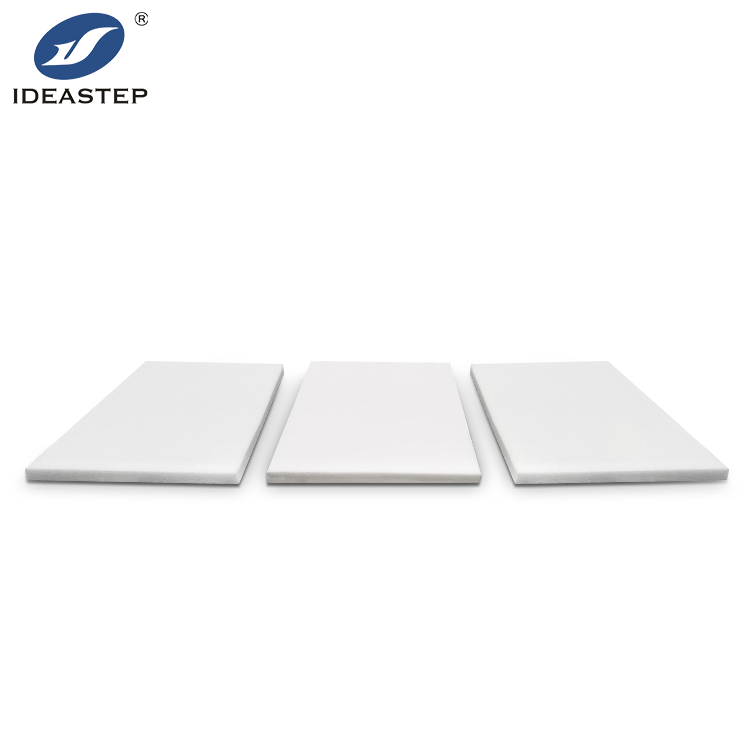
2. Implementing Rigorous Quality Control Measures
Quality control is a vital aspect of ensuring the consistency and reliability of EVA foam sheets. Suppliers implement various quality control measures throughout the production process to monitor and maintain product standards. This includes sampling and testing the foam sheets at different stages of production, from raw materials to finished products.
Key quality control tests for EVA foam sheets include checking for density, thickness, and surface quality. Density tests measure the foam’s ability to cushion and absorb shock, while thickness tests ensure that the foam sheets meet the specified dimensions. Surface quality inspections identify any defects or irregularities that could impact the foam’s performance or appearance.
In addition to these tests, suppliers often use advanced technologies, such as automated inspection systems and computerized monitoring, to enhance the accuracy and efficiency of quality control. These technologies enable real-time data collection and analysis, allowing suppliers to quickly identify and address any issues that arise during production.
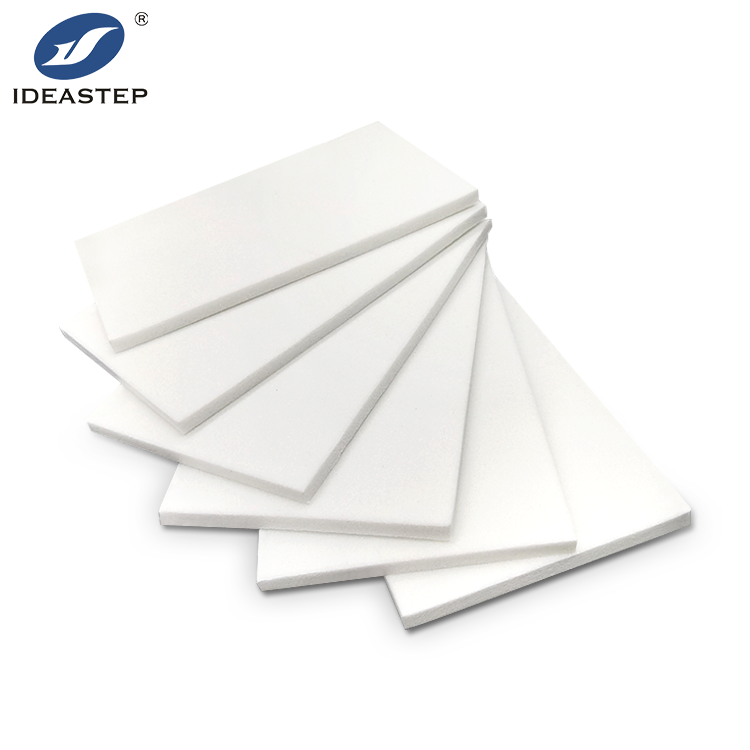
3. Maintaining Effective Communication
Effective communication is crucial for ensuring consistency and reliability in EVA foam sheet production. Suppliers must maintain clear and open communication with their customers to understand their specific requirements and expectations. This includes discussing the desired properties of the foam sheets, such as density, thickness, and color, as well as any special needs or customization requests.
During production, suppliers should also keep customers informed about the progress and any potential issues that may arise. Regular updates and proactive communication help build trust and ensure that any concerns are addressed promptly. Additionally, suppliers should provide detailed documentation and reports on the quality control tests and production processes to assure customers of the product’s consistency and reliability.
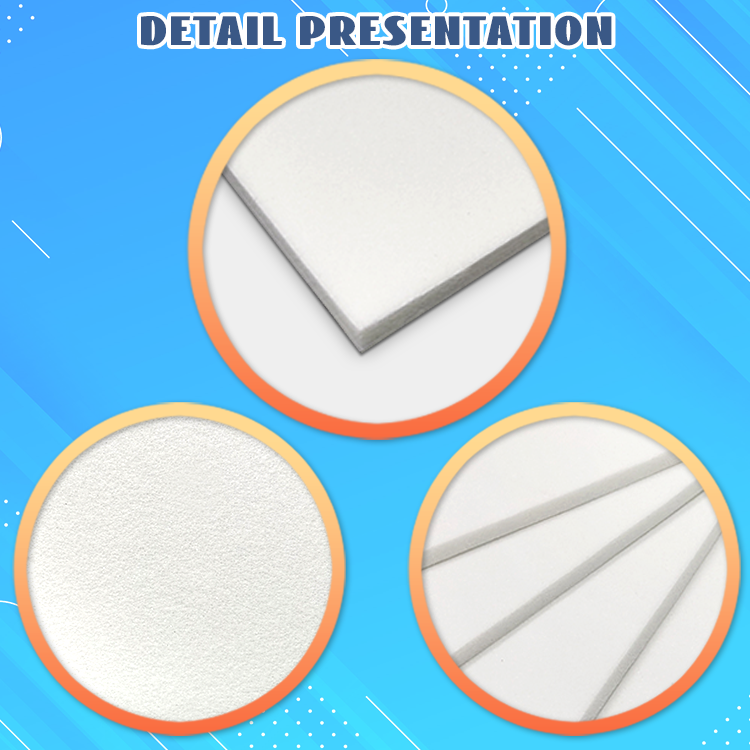
4. Training and Development
To maintain consistency and reliability, suppliers invest in the training and development of their production teams. Skilled and knowledgeable employees are essential for executing standardized processes, conducting quality control tests, and operating equipment effectively. Suppliers provide ongoing training to ensure that their teams are up-to-date with the latest techniques and technologies in EVA foam sheet production.
Training programs often include instruction on best practices for handling raw materials, operating machinery, and performing quality control tests. By investing in the development of their workforce, suppliers can enhance the overall quality of their EVA foam sheets and ensure that production processes are carried out consistently.
5. Continuous Improvement
Suppliers must also focus on continuous improvement to enhance the consistency and reliability of EVA foam sheet production. This involves regularly reviewing and refining manufacturing processes, quality control measures, and communication practices. Suppliers analyze production data, customer feedback, and industry trends to identify areas for improvement and implement changes as needed.
Continuous improvement efforts may include upgrading equipment, adopting new technologies, and implementing more efficient production techniques. By staying proactive and responsive to changes, suppliers can maintain high standards of consistency and reliability in their EVA foam sheet production.
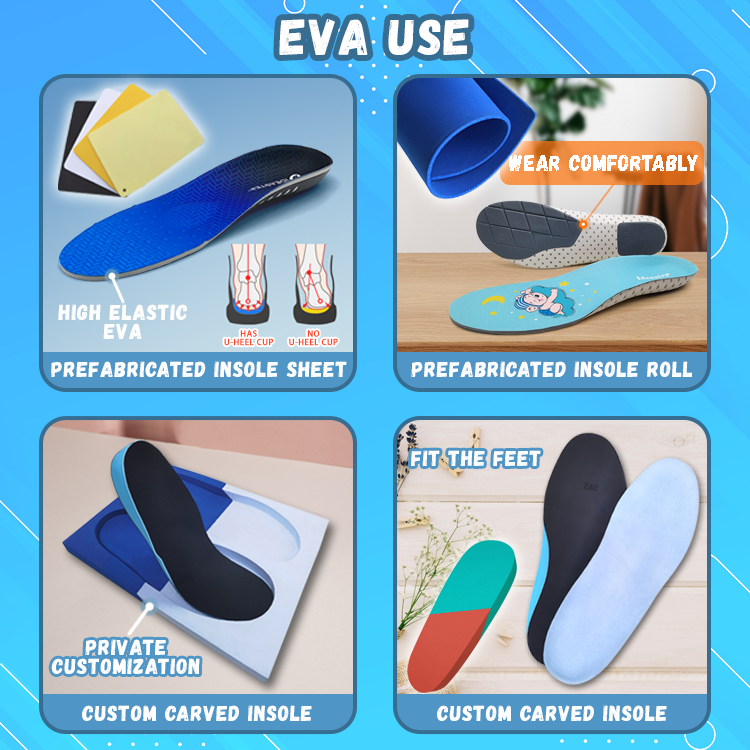
Conclusion
Ensuring consistency and reliability in EVA foam sheet production is essential for delivering high-quality products that meet customer expectations. By adhering to standardized manufacturing processes, implementing rigorous quality control measures, maintaining effective communication, investing in training, and focusing on continuous improvement, suppliers can achieve these goals. These practices help ensure that EVA foam sheets perform consistently across different applications and provide reliable solutions for various industries.
FAQ
1. What are the key factors in ensuring consistency in EVA foam sheet production?
The key factors include adhering to standardized manufacturing processes, implementing rigorous quality control measures, maintaining effective communication with customers, investing in employee training, and focusing on continuous improvement.
2. How do suppliers ensure the quality of EVA foam sheets during production?
Suppliers ensure quality through regular sampling and testing of foam sheets for density, thickness, and surface quality. They also use advanced technologies for automated inspection and monitoring.
3. Why is effective communication important in the production of EVA foam sheets?
Effective communication is important to understand customer requirements, address concerns promptly, and provide detailed documentation and reports on quality control tests and production processes.
